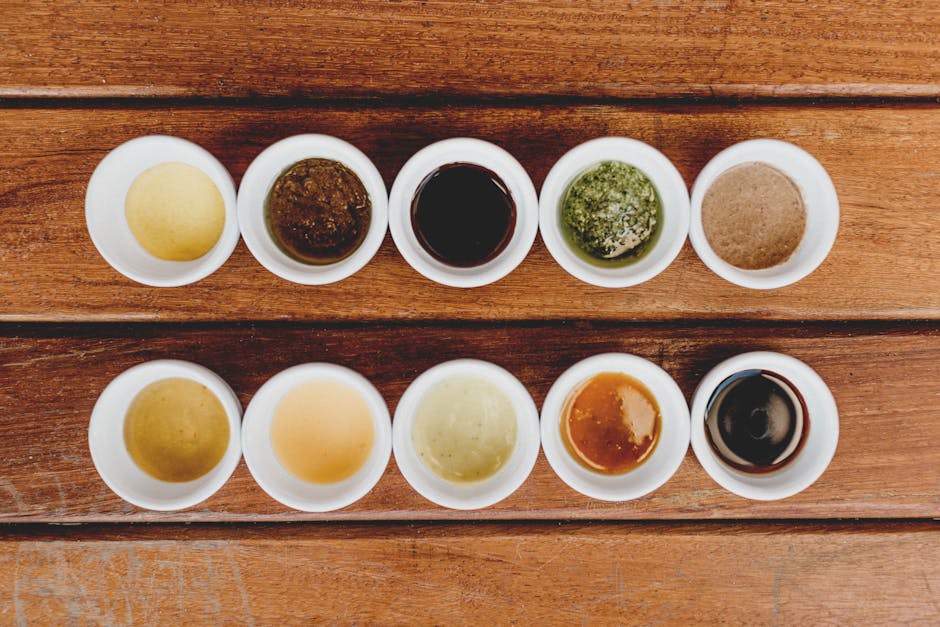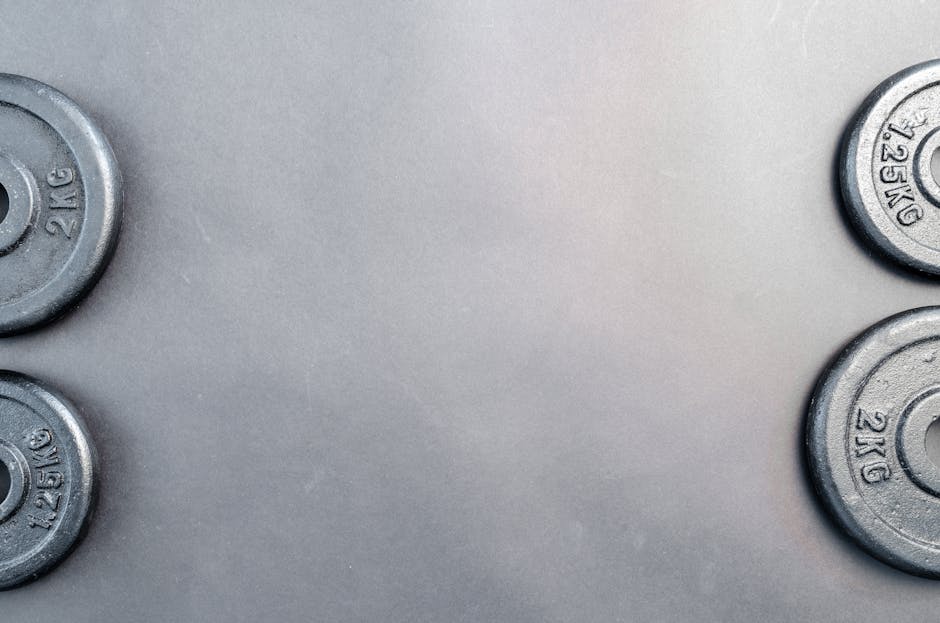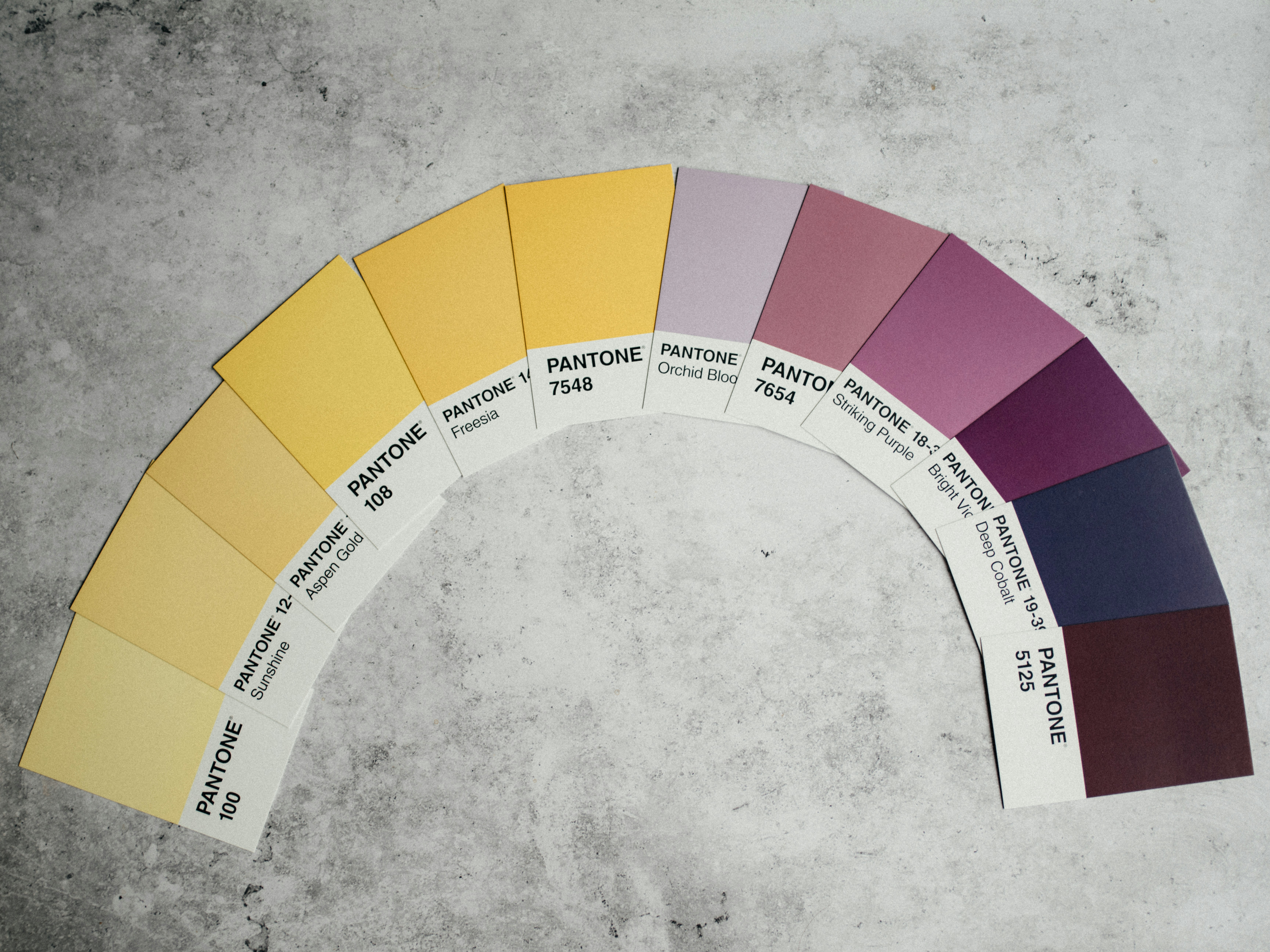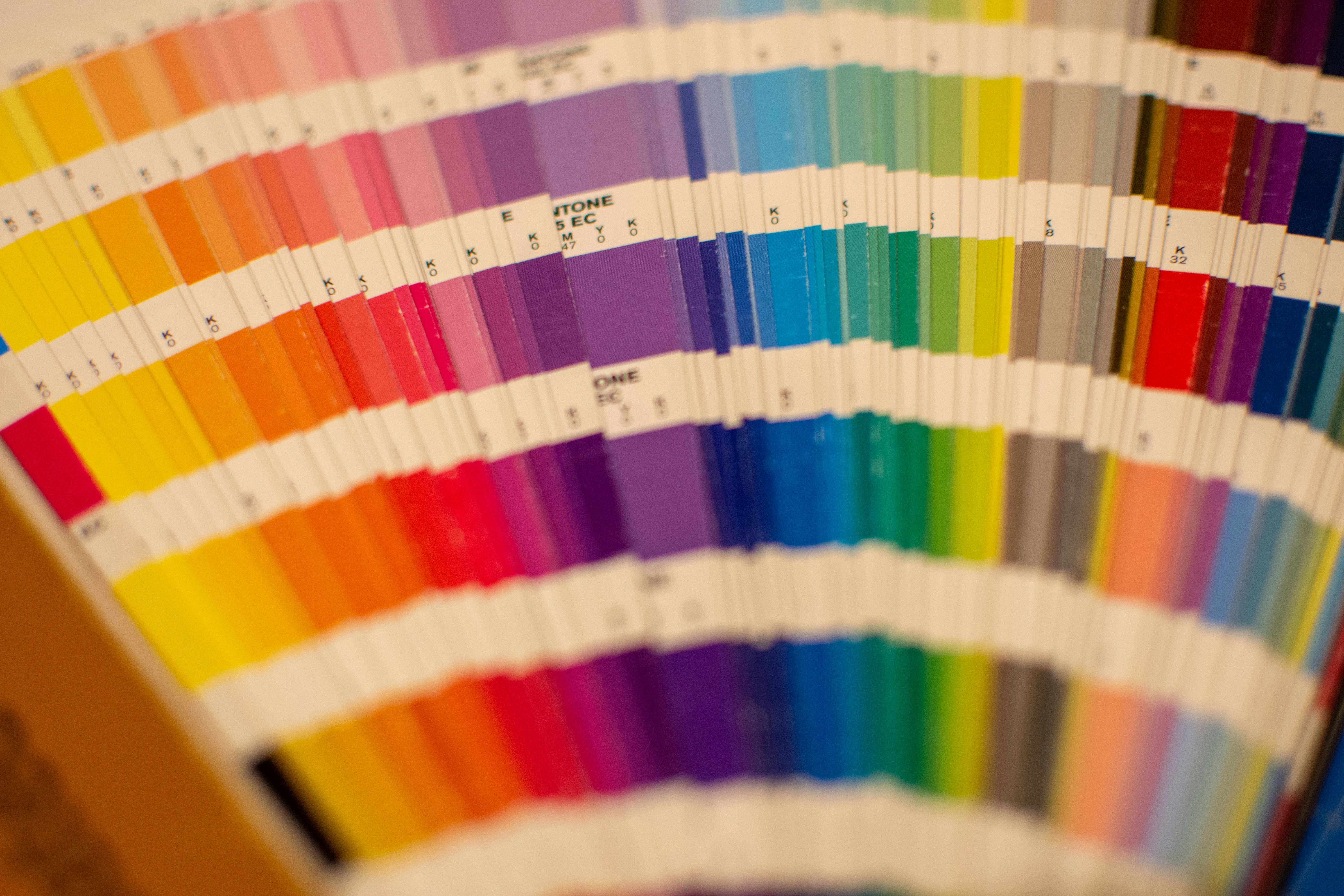The Art of Napping: Boost Your Clarity with Strategic Daytime Sleep
In a world where relentless hustle often overshadows self-care, the age-old practice of napping is making a glorious comeback. When we think about productivity, we usually envision long hours at our desks or late nights burning the midnight oil. However, recent studies reveal that the key to unlocking greater mental clarity may be as simple as taking a brief nap during the day. Yes, a well-timed snooze has incredible potential to rejuvenate your mind and enhance your performance. Let’s explore the fascinating world of napping, its science-backed benefits, and how to master the art of daytime rest for whirlwind productivity.
Understanding the Science Behind Napping

Napping isn’t just about catching up on sleep; it’s a strategic tool that can significantly enhance cognitive function. Research from the National Aeronautics and Space Administration (NASA) indicates that a short nap can improve alertness and performance in people who are sleep-deprived. A review published in the journal Sleep summarized various studies, showing that even brief naps—ranging from 10 to 30 minutes—can help boost mood and enhance cognitive skills.
Napping engages specific brain circuits that help with memory consolidation and emotional regulation. Physiologically, when we sleep, our bodies undergo several essential processes including the restoration of energy levels and the processing of new information. Therefore, a mindful, tactical nap can facilitate a higher degree of mental clarity and productivity upon waking.
Different Types of Naps and Their Benefits

Not all naps are created equal. Understanding the various types can help you choose the right kind based on your individual needs. Here are three primary nap categories:
1. The Power Nap

Typically lasting between 10 to 20 minutes, a power nap is intended to provide a quick recharge without hitting deep sleep cycles. This brief rest can lead to improved alertness and cognitive performance without experiencing grogginess.
2. The Recovery Nap

For those who need a bit more sleep to recover from sleep debt, a recovery nap spanning 30 to 90 minutes allows you to enter deeper stages of sleep. This helps in enhancing creativity and emotional stability, making it a boon for problem solvers and creative thinkers alike.
3. The Prophylactic Nap

Planning an all-nighter? A prophylactic nap—lasting about 60 to 90 minutes—can be taken before a long waking period. This type of nap allows you to get ahead of your sleep needs, providing essential rest before engaging in an activity that demands high alertness.
The Optimal Time for a Nap

Timing matters when it comes to napping. For most people, the ideal time to nap is in the early afternoon, typically between 1 PM and 3 PM. This period coincides with the natural dip in alertness that occurs after lunchtime. Napping at this time can help to mitigate post-lunch fatigue, effectively refreshing both the mind and body for the tasks ahead.
Adapting for Your Schedule

However, everyone’s schedule is different. Understanding your own body clock (circadian rhythm) can help you determine the best nap time tailored to your lifestyle. Experiment with different durations and timings to see what works for you, keeping in mind that the goal is to wake up feeling invigorated and focused.
Creating the Perfect Nap Environment

Your napping environment plays a crucial role in its effectiveness. To maximize the benefits of your power snooze, take the following steps to create an ideal napping space:
Quiet and Dark Environment

A comfortable, quiet place is essential for napping. Consider using blackout curtains to block out light or an eye mask to help darken your surroundings. Additionally, employing techniques such as soundproofing or soft background noise can help to create a more peaceful environment.
Comfortable Position

Whether you choose to recline in a comfortable chair, lie on a couch, or even take a quick nap at your desk, ensure that you feel supported and relaxed. Use a travel pillow or neck support if necessary to maintain comfort.
Ideal Temperature

Most people nap best in a slightly cooler environment. Setting the room temperature to a comfortable level can help make your short retreat more refreshing.
Limit Distractions

Keep your phone and other distractions at bay. If you're worried about time, consider setting a gentle alarm to wake you—this can alleviate anxiety about oversleeping and allow your mind to fully relax.
The Long-Term Benefits of Napping
If you’re still on the fence about incorporating naps into your routine, let’s talk about some long-term benefits they can offer. Fostering a consistent napping schedule can lead to numerous advantages, including:
Enhanced Creativity
As you drift into sleep, your brain might just be processing new information and experiences, summoning creative solutions to problems. Many artists and inventors have attested to the creative ingenuity sparked during naps.
Improved Memory Retention
Taking regular naps can help in consolidating memories, essential for learning new skills or retaining complex information. In essence, your brain's ability to adapt and store is enhanced through the practice of strategic napping.
Boost in Mood and Mental Health
A well-placed nap can boost serotonin and dopamine levels, uplifting your mood. Consistent napping can also help in reducing anxiety and stress—think of it as a mini-vacation for your mind.
Increased Productivity
By strategically inserting naps into your workday, you’re likely to increase your overall productivity. By refreshing your mental state, napping can pave the way for enhanced focus on tasks, whether you're working on a project or brainstorming ideas.
Practical Tips for the Nap Novice
If you’re new to napping, start small. Experiment with the following strategies to help you integrate the art of napping into your daily routine:
Start with Short Naps
Begin by taking short, 10-20 minute naps. This will help you acclimatize without feeling groggy afterward. Track how you feel upon waking to see if you notice an improvement in alertness and mood.
Create a Napping Ritual
Engage in a short ritual before your nap to signal your brain that it’s time to rest. This could include deep breathing, gentle stretching, or perhaps listening to soft music.
Listen to Your Body
Pay attention to what your body needs. If you feel excessively tired, perhaps a longer recovery nap is in order. Learning to listen and respond to your body is vital for building a sustainable napping routine.
The Connection Between Napping and Other Wellness Practices
Incorporating napping into your life can create synergy with other wellness practices. For instance, pairing your naps with mindful breathing techniques or meditation can enhance your overall mental clarity.
Mindfulness and Quick Naps
Mindfulness practices such as gentle yoga or meditation can help turn your nap into a more transformative experience. You might find that using an app for guided relaxation can help you drift off into deeper rest, maximizing your napping time.
Napping and Nutrition
Consider integrating nutrition into your approach. Consuming brain-boosting foods before your nap can also affect how refreshing it feels. Foods rich in omega-3 fatty acids, antioxidants, and vitamins can help your body feel more prepared for that refreshing sleep.
Final Thoughts
The art of napping is not just about catching up on lost sleep but about tapping into a natural resource that boosts your cognitive function, mood, and overall productivity. By understanding the science behind napping and implementing it effectively, you can enhance your daily performance while also prioritizing your mental health.
So why not embrace this resource? Take the time to test the waters of napping, improve your environment, and sync into a nap routine that amplifies your productivity and creativity. After all, a well-rested mind is truly a powerful one.



